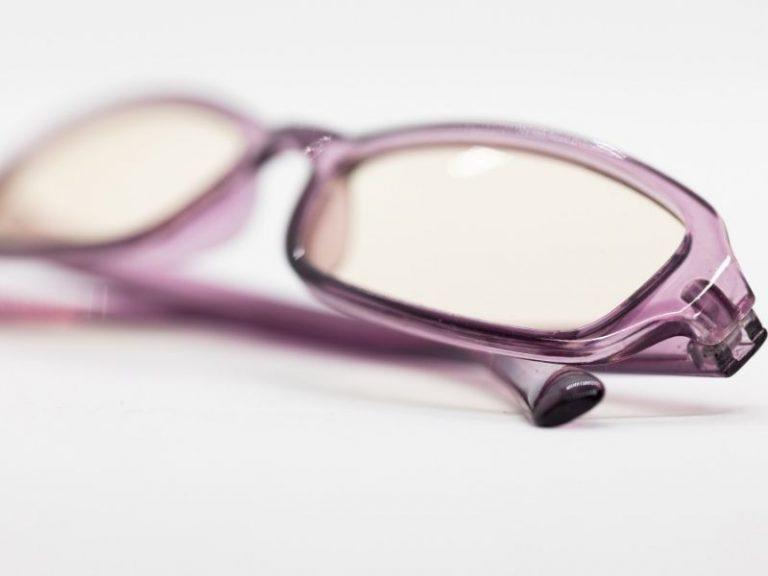Myopia Treatments for Teens: Natural and Medical
Chances are you are a teen searching to reduce your myopia or a parent concerned with their child. Myopia can be a tough problem especially when it affects the quality of life of an individual. Here are the list of treatments you can give to teens in order to slow the progression of myopia or even reverse it.
Topical pharmaceutical agents, orthokeratology contact lenses, and soft bifocal contact lenses are the most effective ways of curing myopia in teens and children according to a research paper from Adolescent Health, Medicine and Therapeutics: “Controlling myopia progression in children and adolescents.” by Molly J Smith and Jeffrey J Walline.
However, there are more natural, non-invasive ways of curing myopia in children. Natural ways tend to be more effective but will take time to see results. See the list below for the complete list of options.
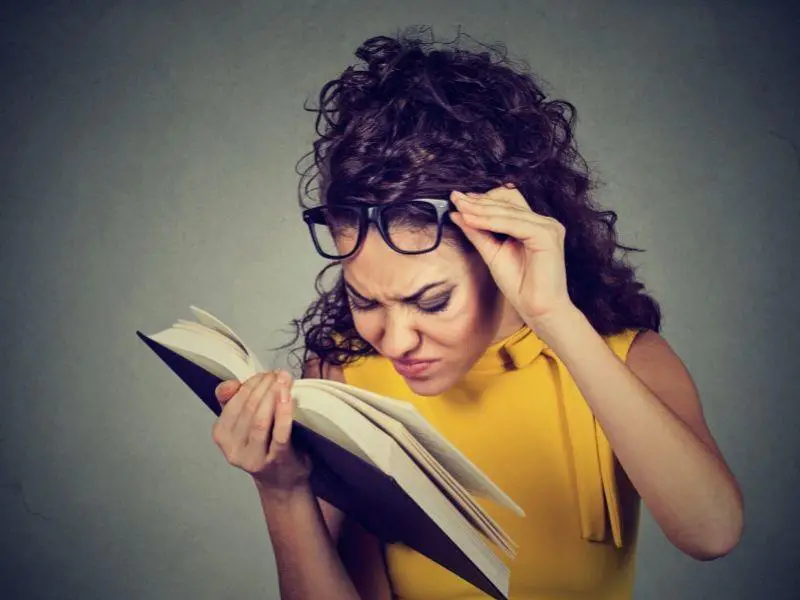
Can we reduce short-sightedness of Children or Teens?
There are numerous techniques that teens and children can use to reduce their myopia, some of which are using the 20/20/20 rule, getting out as often as possible, not using glasses on near work, reduced prescription lens, Ortho-K lens, Soft Bifocal Lens and active focusing.
A research paper conducted from the Adolescent Health, Medicine and Therapeutics also compared various of these methods to each other to see which are the most effective ones through their methodology.
How can teens reduce myopia?
Tips to reduce or slow the progress of myopia:
1. Use the 20/20/20 rule
Most experts suggested using the 20/20/20 rule in which when doing near work, do a 20 minute rest, looking 20 feet away for 20 seconds. This technique prevents eye strain caused by doing too much close work.
The 20/20/20 rule has been famous for slowing down the progression of myopia in a sense that it prevents eye strain. Too much near work causes eyestrain with lead to ciliary spasm, also known as spasm of accommodation in a study titled: [Spasm of accommodation] by Laura Lindberg
2. Get out as often as possible
According to researchers from Ohio State University Center, Exposure to UVB Rays from the Sun reduced the number of nearsighted kids. The kids who spend time outdoors are less likely to need glasses than kids who don’t get enough sunlight.
Study: Ohio State University Center for Clinical and Translational Science. “Scientists study effects of sunlight to reduce number of nearsighted kids.” ScienceDaily. ScienceDaily, 20 November 2014. <www.sciencedaily.com/releases/2014/11/141120112348.htm>
3. Don’t use glasses on near work
Minus lenses are not designed to be used on near work. They are designed for looking at things far away. Thus, they are prescribed to people with nearsightedness or myopia.
4. Use reduced lens
People with a very high myopia might not be able to work without using glasses even when doing near work. When this is the case, make sure to reduce the lens grade you wear when doing close work to prevent eye strain. atropine drops,
5. Topical Pharmaceutical Agents
Topical Pharmaceutical Agents such as Atropine drops have been proved to slow down the progression of myopia according to a study by the American Academy of Ophthalmology titled: “Five-Year Clinical Trial on Atropine for the Treatment of Myopia 2” Concluded that over the course of use, atropine drops(0.01%) were effective in slowing down the progression of Myopia.
This means that Atropine drops (0.01%) can be effective in slowing down the progression of myopia. Which works by dilating the pupils, which relaxes your eye muscles.
6. Orthokeratology Contact Lenses
Ortho-K is a type of gas permeable contact lenses that you wear overnight to gently reshape the surface of your eye. Thus, you can see clearly the following day after waking up. It is usually prescribed to slow the progress of myopia and to correct refractive errors.
7. Soft Bifocal Contact Lenses or Spectacles
These special type of glasses allows children to see clearly far away objects on the top portion of the spectacle lens. The bottom part of the lens contains the reading power, which may control myopia progression by reducing or eliminating the accommodative effort or error associated with myopia.
According to a randomized trial of the Optometry and Vision Science titled: “A randomized trial of the effect of single-vision vs. bifocal lenses on myopia progression in children with esophoria.” by G W Fulk, they have concluded that these type of glasses seemed to slow down the progression of myopia in children
8. Active Focusing Method
The Active Focusing method is a method where you force your eyes to focus on a text or an object. The objective of doing active focusing is to teach your eyes how to focus and be clear again using a method called hormesis.
Active focusing is a broad topic that is also proven by a scientific paper paper by the American Academy of Optometry by Balamurali Vasudevan, et al on November 2009: “Accommodative training to reduce nearwork-induced transient myopia.”
9. Print Pushing
This is a special type of active focusing in which you are forcing your eyes to read on texts from a bit blurry to clear. This trains your ciliary muscles inside the eyes to become stronger over time.
10. Lens Reduction Therapy
This is another type of active focusing in which unlike print pushing where you strengthen your eyes by forcing your eyes to make texts clear, it focuses on making your surroundings clear by wearing a slightly lower prescription.
Does age decrease myopia?
Prevalance of Myopia decreases as a part of the aging process according to a study conducted by the Clinical and Epidemiologic Research, Which said that myopia decreases for ages 45-50 years.
In teens and children, the rate of myopia progression is -0.53D per year and stabilizes on adulthood according to a study which studied 175 research articles titled: “Rates of Myopia Progression in Children.” by L.A. Donovan
This means that most rate of myopia progression happens at an early age usually in the childhood and teenage years. Furthermore, children with high myopia tends to get higher risk of eventual vision problems.
How can I slow down myopia in children?
In conclusion, slowing down of myopia in children can be done in many ways such as using Atropine drops, using orthokeratology contact lenses, getting out as often as possible, active focusing method, preventing eye strain and using the 20/20/20 rule.

“Only the things I love“
ongjason.com is reader-supported. When you buy through links on the site, I earn an affiliate commission.
I believe that tools are essential, especially in improving our lifestyle. Because I am a minimalist, I only buy things that add value to my life.
In this part, I will give you the tools I use for improving my eyesight.
Myopia Calculator
First, let’s start with something free. The Myopia Calculator is something I’ve personally made for my viewers.
Go to the Myopia Calculator I’ve coded, which will give you the details you need to start print pushing and active focusing.
I also have video instructions in that blog post, making it easier to use the tool.
Active Focusing Full Course!
So you want to do active focusing but don’t know how? I got you covered with a completely free course!
You can visit the course here: Improve Eyesight Fast: Full tutorial with Proof.
My Story
Alright, who am I giving tips on how to reduce your eye grade? What’s my story?
You can find my whole story here: How I reduced my Myopia
YouTube
Another free tool where you can learn more about eyesight is on YouTube.
While I do not make eyesight videos anymore, many YouTubers are out there that teach how to reduce your eyesight.
However, I am not one of them.
Of course, if you want to follow me, you can find my Channel by clicking the button below.
Tape Measure
Have a suitable measuring device. I don’t recommend cloth or simple tape measures since you must always stretch it hard when measuring.
Get a simple heavy-duty tape measure since you need to pull it out. You can also see that I’m using this measuring device in my videos.
Blue Light Glasses
Okay, one of the things you will learn from me is that preventing eye strain means getting enough sleep. Guess what? Blue light affects our sleep a lot.
That’s why I recommend wearing Blue Light Glasses at night about 2 hours before bedtime. That way, you will be sleepy enough and have a good night of sleep.
I use a yellow-colored one since it blocks the majority of blue light.
Reading Glasses/ Positive Lens
A quick warning. Do not use a positive lens if your eye grade is more than -2.00. You do not need one if your eye grade is still high.
But always get a good quality pair of these glasses since low-quality pair of positive lenses might not be very accurate.
Furthermore, some of these cheap pairs are not optical grade, which means their surface is not smooth. Non-optical grade glasses confuse the eyes.
If you are in the last stages of print pushing (-2.00 below), don’t waste your efforts by having a low-quality positive lens.
While there is a simple test for checking positive lens quality, it would be better to ensure that you have a high-quality lens.
So I recommend this positive lens which is lightweight, scratch-resistant, and accurate.
Negative Lens/ Myopia Glasses
This is one of the problems of most of my viewers; however, I’m sorry, but as of this time, I can’t give you recommendations on where to buy a pair online.
I am just lucky to befriend an optometrist who helped me get the grade I want. Let’s see in the future if I find anyone that would offer to help us get one online.
Of course, I will check their quality myself before recommending anything.
If you know someone who can help the community, go to my contact page and email me.

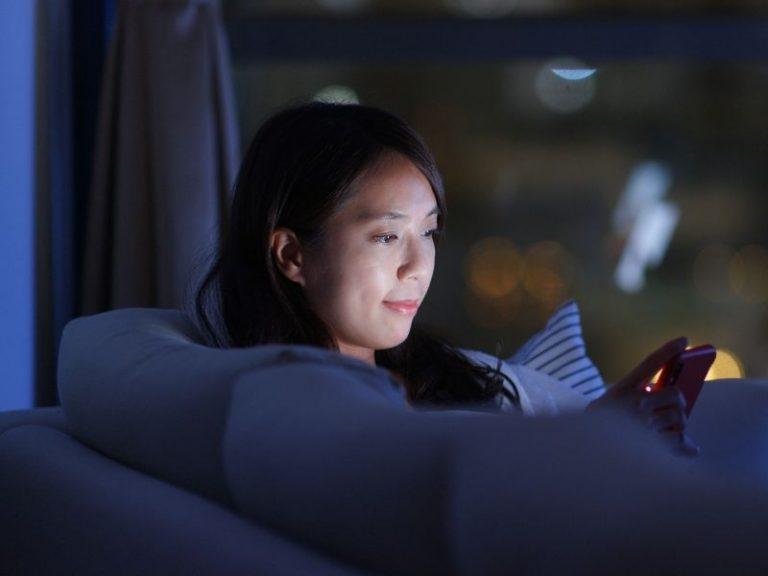
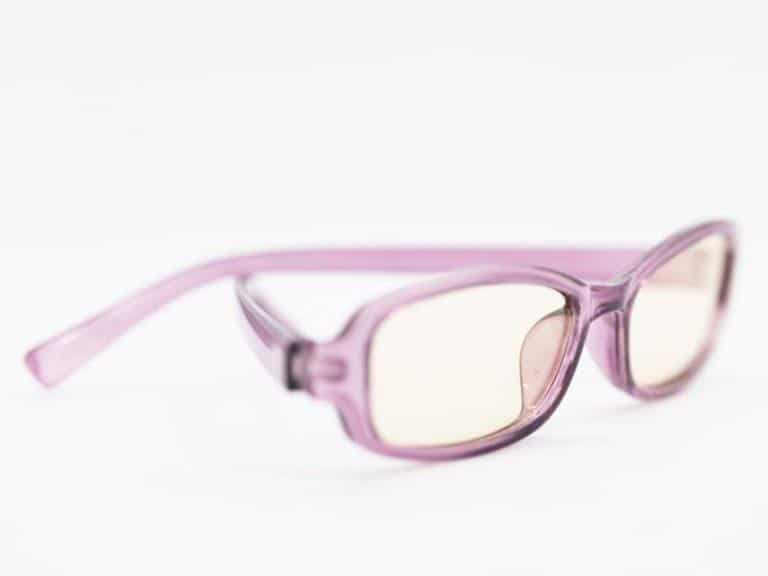
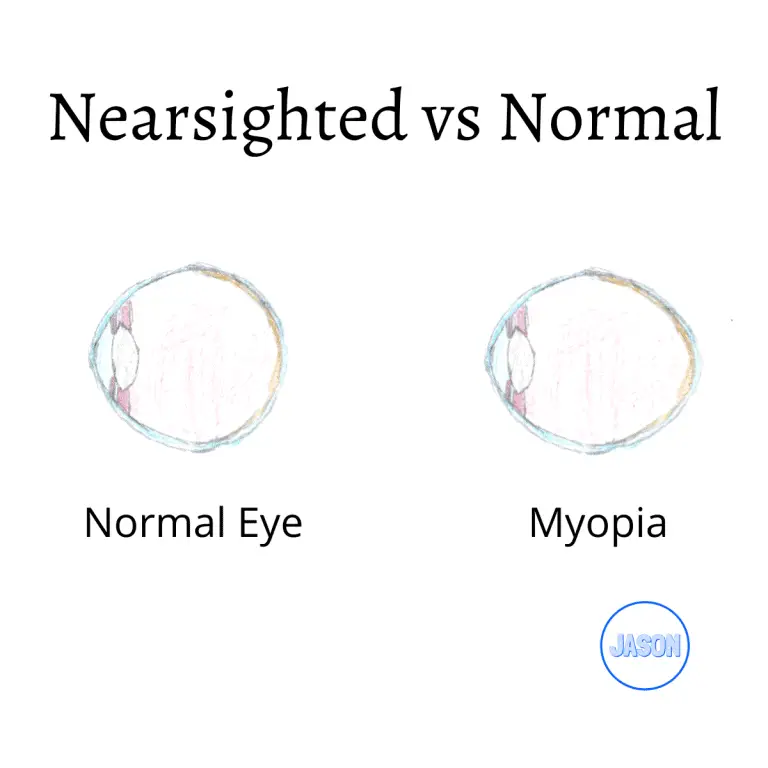
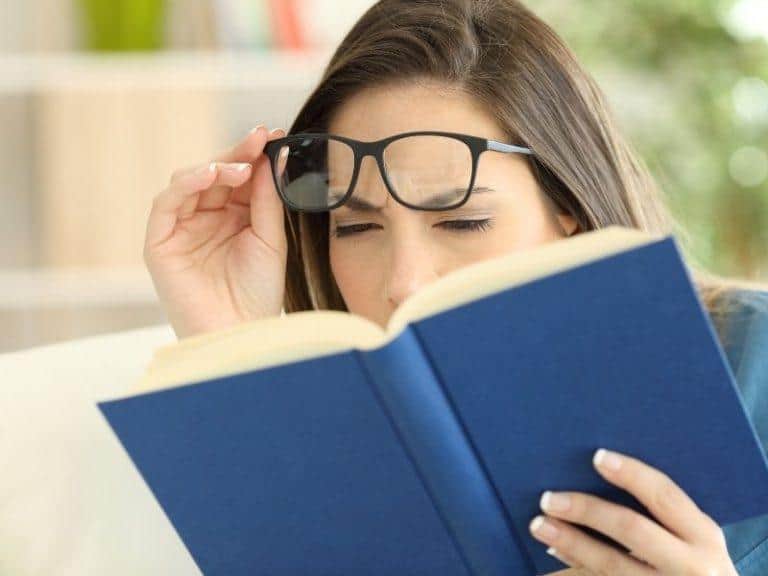
![How I reduced my Myopia from -3.25 to -1.00 [Road to 20/20 Vision]](https://ongjason.com/wp-content/uploads/2019/07/How-I-reduced-my-Myopia-Road-to-20_20-Vision-768x292.png)
